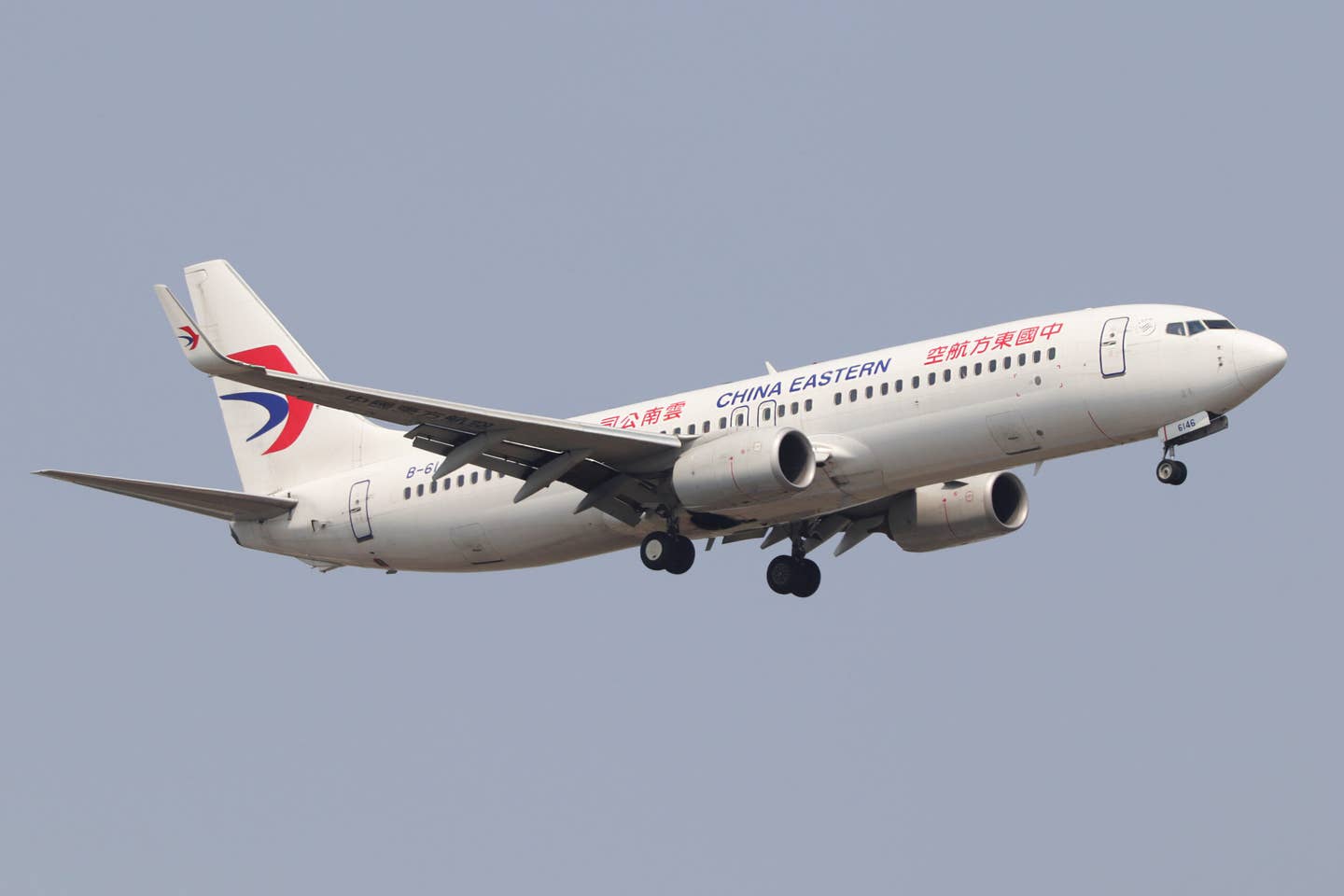One Month After China Eastern Airlines Tragedy, Many Questions Remain
Investigation focuses on black boxes as airline resumes 737-800 flights.

China Eastern Airlines has returned its fleet of 737-800 aircraft to the air. [File photo: Shutterstock]
It has been a month since the China Eastern Airlines Boeing 737-800 abruptly entered a nose dive and crashed, killing all 132 people on board—and investigators still don't know why.
According to a statement released Wednesday by the Civil Aviation Administration of China (CAAC), there were no issues uncovered in a review of the aircraft's maintenance records, and the weather at the time of the accident does not appear to be a factor. In previous reports, the CAAC noted the flight crew appeared to be well-trained, and there were no issues there either.
The aircraft went down in a rural area, hitting so hard the aircraft fragmented and left a crater 60 feet deep. The terrain is very rugged, so much so that a road had to be built to access the crash site. Hundreds of recovery workers spent days picking up pieces of wreckage—some no larger than a business card—along with human remains and personal effects, which were identified, cataloged, and removed from the site.
Immediately following the crash, China Eastern Airlines grounded all 223 of its 737-800 aircraft as a precaution. The airliners were inspected and airworthiness for each aircraft verified. Those aircraft returned to flight earlier this week.
What Happened
On March 21, the aircraft was enroute from Kunming to Guangzhou—a flight that was supposed to have taken approximately 90 minutes—when for unknown reasons, the aircraft suddenly entered a steep descent.
Air traffic control made several attempts to contact the pilots of the airliner, but did not get a response. The jet plunged from 29,000 feet in a near vertical dive. The last recorded airspeed was 628 mph before the aircraft crashed into a mountainside.
The CAAC is leading the investigation, but because the crash involves an aircraft designed and built in the U.S., Boeing, CFM—the manufacturers of the engine—and the National Transportation and Safety Board (NTSB) are assisting in the investigation.
It took several days to find the so-called black boxes—the flight data and cockpit voice recorder in the heavily fragmented wreckage. The boxes are in Washington, D.C., being studied by the NTSB.
Authorities have not released any information about what has been recovered thus far from the recorders, but have stated that both units are damaged, so it is not clear if any useful information can be retrieved.
The flight data recorder provides information about the aircraft speed, altitude, and engine operations. The cockpit voice recorder should have captured conversations on the flight deck, which could potentially reveal what caused the aircraft to enter the dive. Investigators have determined that the onset of the jet’s steep dive appears to have coincided with the time that they would normally begin a descent to the destination.
According to a report in the Wall Street Journal, the CAAC as the lead investigator is required to submit a preliminary report to the International Civil Aviation Organization (ICAO) and other parties involved within 30 days of the accident. The report has not been made public. The accident is the worst air disaster in China in 30 years. It could take up to a year for the cause of the crash to be determined. The WSJ noted that as the CAAC is the preliminary investigating agency, ICAO rules allow them to keep the cause of the crash confidential once it is determined. However, countries are encouraged to release a final report within 12 months of the crash.

Subscribe to Our Newsletter
Get the latest FLYING stories delivered directly to your inbox






